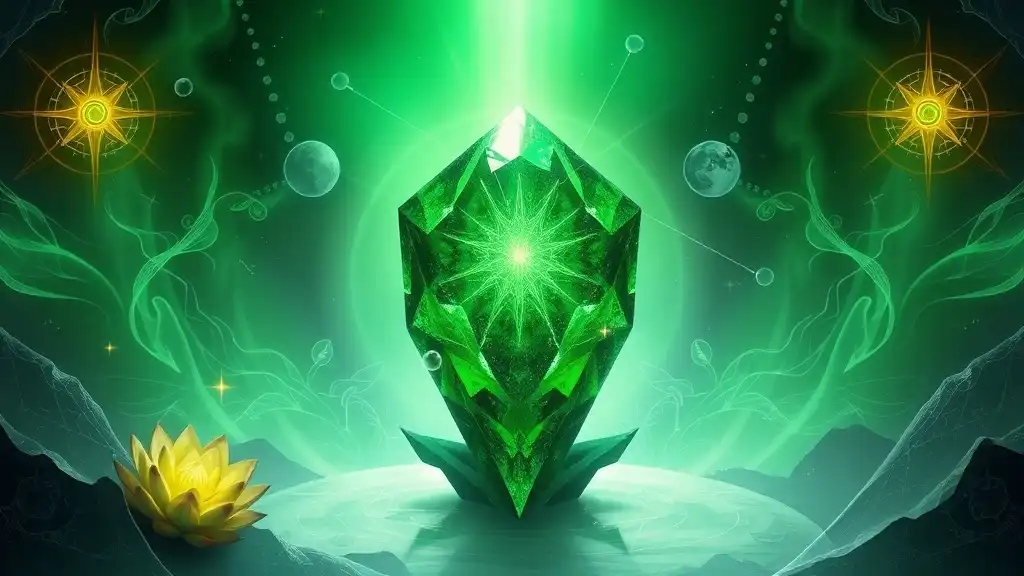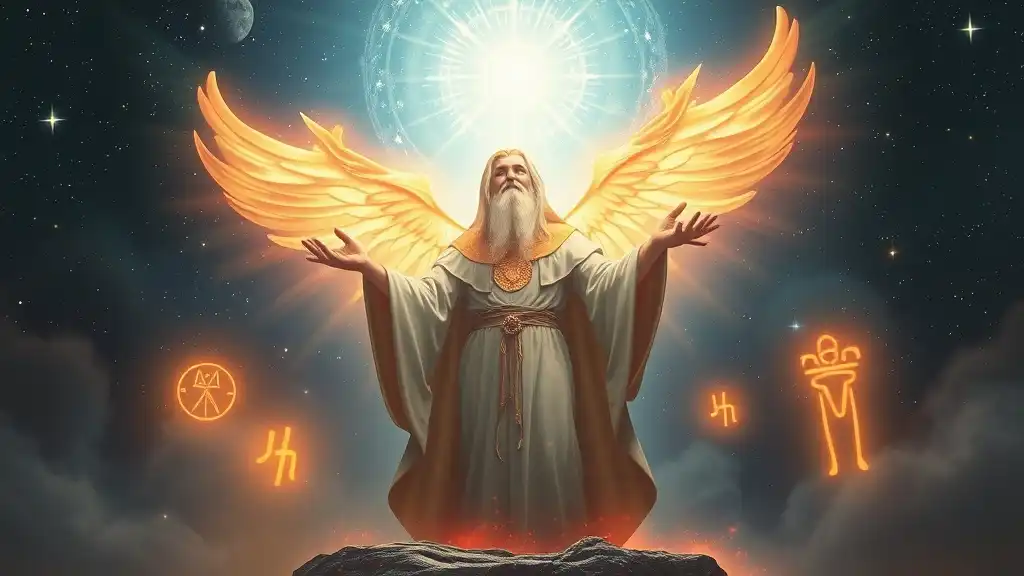Edom holds a prominent place in historical and spiritual narratives, often serving as a source of deeper introspection and spiritual lessons. Understanding Edom not only offers insight into ancient relationships and rivalries but also provides a framework for addressing modern dilemmas and personal growth.
The Origin of Edom
Historical Background
The history of Edom can be traced back to the biblical figures of Jacob and Esau. Esau, known as the progenitor of the Edomites, was born as the first twin to Isaac and Rebekah, while Jacob followed shortly after. The two siblings represent contrasting attitudes; Esau was traditionally associated with physicality and impulsiveness, whereas Jacob embodied cleverness and spiritual insight. Their conflict—rooted in issues of birthright and blessing—set the stage for the ongoing relationship between the Israelites and the Edomites.
Edom was located in a region south of the Dead Sea, characterized by a mountainous and rugged terrain. This geographic separation not only distinguished Edom as a physical entity but also underscored the spiritual distance often felt between the two nations.
Symbolic Interpretations
The name "Edom" translates to "red," which holds significant meaning in various contexts. This connection to the color red is often linked to Esau himself, who, according to scripture, was described as having a reddish complexion. Furthermore, the symbolic meaning extends to the idea of raw emotions—passion, anger, and even bloodshed—inherent in the familial conflict. The dynamics of the Edomite legacy prompt us to reflect on how the struggle for identity and the fight for recognition can impact our spiritual journeys.

Edom in Religious Texts
Edom in the Old Testament
Various references to Edom appear throughout the Old Testament, emphasizing its contentious relationship with Israel. One of the most notable narratives involves the refusal of Edom to allow the Israelites to pass through its territory during the Exodus, highlighting a legacy of animosity. Over time, prophetic texts foretold the eventual downfall of Edom, symbolizing divine justice and the impact of ethical choices on one's fate.
Perspectives from Various Religious Traditions
Edom is viewed through different lenses in several religious traditions.
- Judaism acknowledges the historical ties between Edom and its perpetual conflict with Israel, viewing the narrative as a lesson in humility and moral rectitude.
- Christianity often interprets Edom's downfall as a foreshadowing of spiritual consequences when one distances oneself from divine principles, prompting a call to repentance and reconciliation.
- Islam features Edom in Quranic texts, illustrating the broader theme of accountability and the importance of living a life in alignment with spiritual tenets.

Spiritual Lessons from Edom
Duality of Human Nature
The rivalry between Esau and Jacob serves as a rich metaphor for the dual nature present in all individuals. Esau, representing instincts and physical needs, often clashes with Jacob, signifying spiritual aspirations and intellect. This ongoing struggle illustrates that every person contains both aspects—where can one find balance? Instead of viewing one side as superior, the lesson is to embrace both facets, guiding us towards acceptance and reconciliation within ourselves.
The Concept of Redemption
Edom's narrative also assists us in understanding the journey of redemption. The estrangement between Jacob and Esau ultimately leads to a reunion, symbolizing the process of returning to wholeness. This mirrors our own lives, where moments of conflict can serve as catalysts for personal transformation. Reflecting on Edom allows us to confront our own divisions—be it pain from past relationships or unresolved internal conflicts. The journey from estrangement to wholeness can be highly spiritually rewarding as it reshapes our perceptions of ourselves and others.

Edom in Modern Spirituality
Exploring Personal Relations
Today, Edom’s story applies to our interpersonal relationships, especially in an era where misunderstandings frequently lead to alienation. The narrative inspires individuals to look past conflicts, urging recognition of the shared humanity that exists in every disagreement. It invites us to ask, "How can we build bridges instead of walls?" By reflecting on the lessons from Edom, we can foster forgiveness, healing, and ultimately deeper connections.
Edom as a Metaphor in Personal Growth
Edom represents the challenges we face in our spiritual journey. Each of us possesses our own "Edom"—the negative aspects that inhibit progress and amplify internal strife. Identifying these barriers is the first step toward transformation. We must ask ourselves: "What can my personal Edom teach me about resilience and growth?" Embracing this metaphor can guide us to break free from self-imposed limitations, breaking down walls to unlock a more enlightened version of ourselves.

Conclusion
The spiritual significance of Edom invites us to explore themes of identity, conflict, and redemption. Understanding this rich narrative encourages profound reflection on our personal growth and the dynamics of our relationships. As we journey through life’s challenges, let us consider how we might apply the lessons of Edom to foster reconciliation, understanding, and ultimately, personal transformation.

Call to Action
We encourage readers to reflect on their own experiences related to the themes of Edom. How has your journey mirrored the lessons found within this narrative? Share your insights, thoughts, or personal stories related to the spiritual meaning of Edom, and consider exploring additional resources for a deeper understanding of this timeless narrative.



















